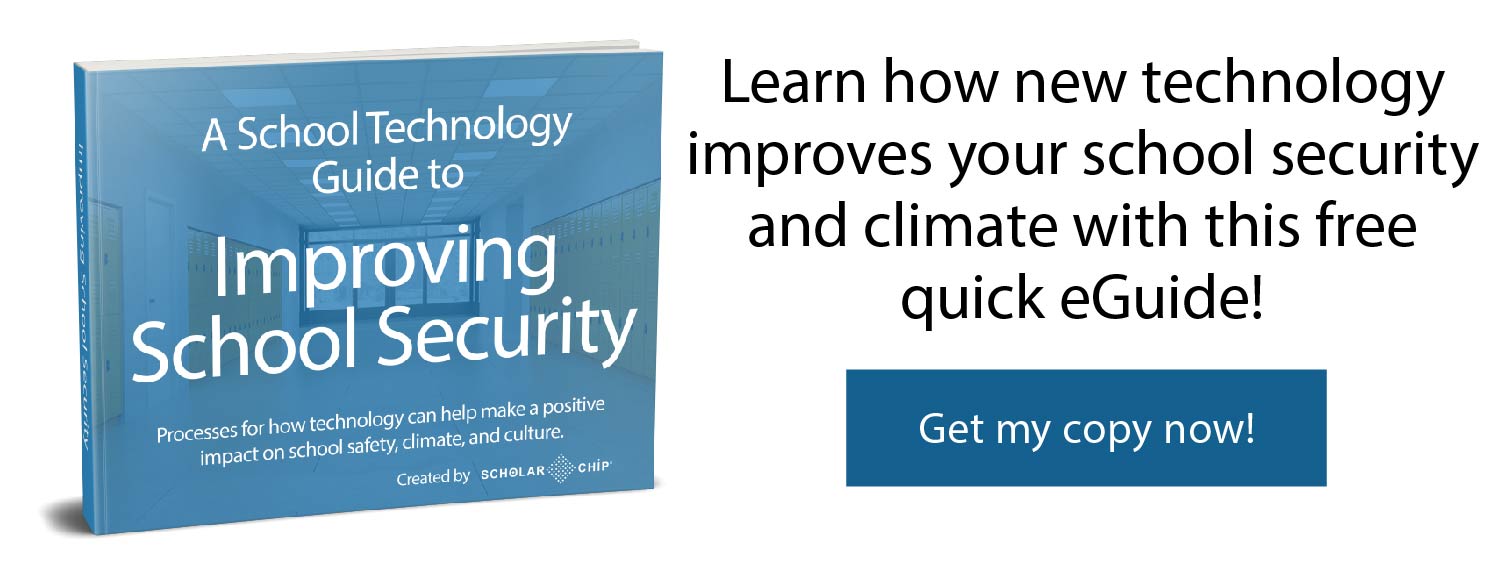Parents rely on leaders to take action and ensure the safety of their children. School boards respond by developing security procedures and dedicating resources to hardening school buildings, adding security cameras, metal detectors and, in some cases, armed guards. Most schools report they control school building entrances throughout the day by locking doors and requiring that visitors are buzzed in by security personnel.
Statistically, few schools deal with gun violence, but it does not mean for reactive measures. Far more common are physical fights between students and threats of violence made against students and teachers. A student is far more likely to face danger when left unsupervised, perhaps by cutting class or being left behind on a school bus, than being assaulted by an armed attacker while in class.
Schools often are put in the middle when it comes to custody disputes, and school officials must always be on guard at dismissal to ensure the correct parents or guardians are picking up their students. While most members of a community can be harmless, schools must screen visitors and vendors to block entrances by those with ill intentions, those who are on the sex offender registry and those who have orders of protection that make it illegal for them to be on campus.
To deal with threats from the outside, many districts have hired armed guards or contracted with local law enforcement agencies to place resource officers in their buildings. While the presence of armed security may deter an unwelcome intruder, the National Association of School Psychologists points to a study that shows such actions may contribute to a negative school climate, which undermines security efforts by creating an environment of fear and suspicion. Students report that obvious security measures, such as armed guards, surveillance cameras and metal detectors, make them feel less safe.
However, schools do need to control building access, particularly at the start of the day and at dismissal when large numbers of students and personnel are entering and exiting the buildings. It’s imperative that Schools have a system in place that will track who is in the building at any given time and where they are in the building. The best systems are those that efficiently process and manage identities, provide real-time analytics, store data off-site for safety and are unobtrusive.
Evolution of ID Card Systems
Towards the end of the 20th Century, schools across the country responded to calls for better building security by implementing available tech solutions. The simplest system for identifying people within a building is the in-house produced ID cards, usually laminated photo IDs that are worn on a lanyard. A “greeter” or “monitor” stationed at a building’s main entrance would require visitors to sign in and display a stick-on a name tag. This ID system helps hall monitors identify visitors who have not been vetted and authorized to be in the school.
As the technology developed, schools created ID badges with barcodes or magnetic strips that users could swipe at entrances. These technologies are relatively inexpensive but have limited functionality. Barcodes can be scanned quickly, but present a security risk as the unique identifying code is easily duplicated. Magnetic strips are more secure but do not scan as quickly as barcodes making it difficult to process large groups. Many of the problems of barcode and magnetic strip ID systems have been resolved with the development of smart cards.
What is a Smart Card?
While barcoded cards must be scanned and magnetic strips must be swiped, the chip embedded in a smart card utilizes Radio Frequency Identification (RFID) technology to communicate with a card reader. Students and school personnel need only tap their card onto a reader to establish communication with the host computer system. All information relevant to the user is stored in the system, not on the card. A lost card may be instantly voided without the loss of any data.
Unlike active transponder systems, such as those used for electronic highway tolls, the passive RFID tags most often used in smart cards do not have an attached battery. This means smart cards cannot generate signals that would allow for tracking of a cardholder. Instead, the cards must draw on the energy of a reader to transmit data. A student or staff member needs to take an action, such as tapping their card to a reader, for data to be transmitted, allaying privacy concerns many have with RFID technology.
Smart Card Data Storage
As a school district’s data storage needs push the limits of their servers, upgrading to cloud-based services, including ID card system services, makes more sense. Expanding on-site data capacity is costly and requires time-consuming maintenance. Cloud-based systems are flexible and may be accessed in one place, simplifying tasks such as upgrading and expanding systems. Off-site servers with built-in backup protect from physical issues, such as fires and water damage, as well as system crashes and cyber attacks, provide a level of security that is lacking with on-site systems.
Smart Card Solutions for Efficiency and Better Security
Taking attendance can be automated with a smart card ID system. Readers placed at entrances record who is in the building with just a tap! Additional readers may be placed at classroom doors and entrances to group meeting areas such as libraries, cafeterias or auditoriums. Automating attendance not only frees up educators’ time and attention, it provides accurate counts, important for state funding formulas, and alerts educators to patterns of absenteeism which may indicate behavior issues that could develop into security problems.
Attendance systems may be combined with a centrally managed door access system to control who has access to specific areas of the building via a smart card and at what times this access is allowed. Access can be added or removed instantly. Real-time data allows system administrators to monitor the current building population and remotely lockdown doors in case of an emergency. With mobile smart card readers, schools can track attendance on school buses, field trips, sporting events and other afterschool activities. Even with regular lockdown and evacuation practice drills, emergencies can be hectic, and losing track of students is a real problem. With a smart card system, school personnel and first responders can quickly determine who is in the building.
Smart card technology streamlines administrative tasks, freeing up educators to do what they do best, interact with and teach their students. Smart cards provide better building security without creating the uneasy feel of an armed fortress. Systems that use smart card technology can be introduced incrementally and used in conjunction with legacy systems making them a viable option even with tight budgets.
ScholarChip is an all-in-one, platform solution to help reduce school threats and address the important issues surrounding school safety. Through platform tools, data from students, faculty, and stakeholder are leveraged to manage school access, attendance, and behavior management and help increase safety and promote the campus climate schools are looking for.
To learn more about what is a smart card and how you can utilize this technology for your school, reach out ScholarChip today for a 1-on-1 assessment!


